Home>Gardening & Outdoor>Landscaping Ideas>What Goes Under Fake Grass
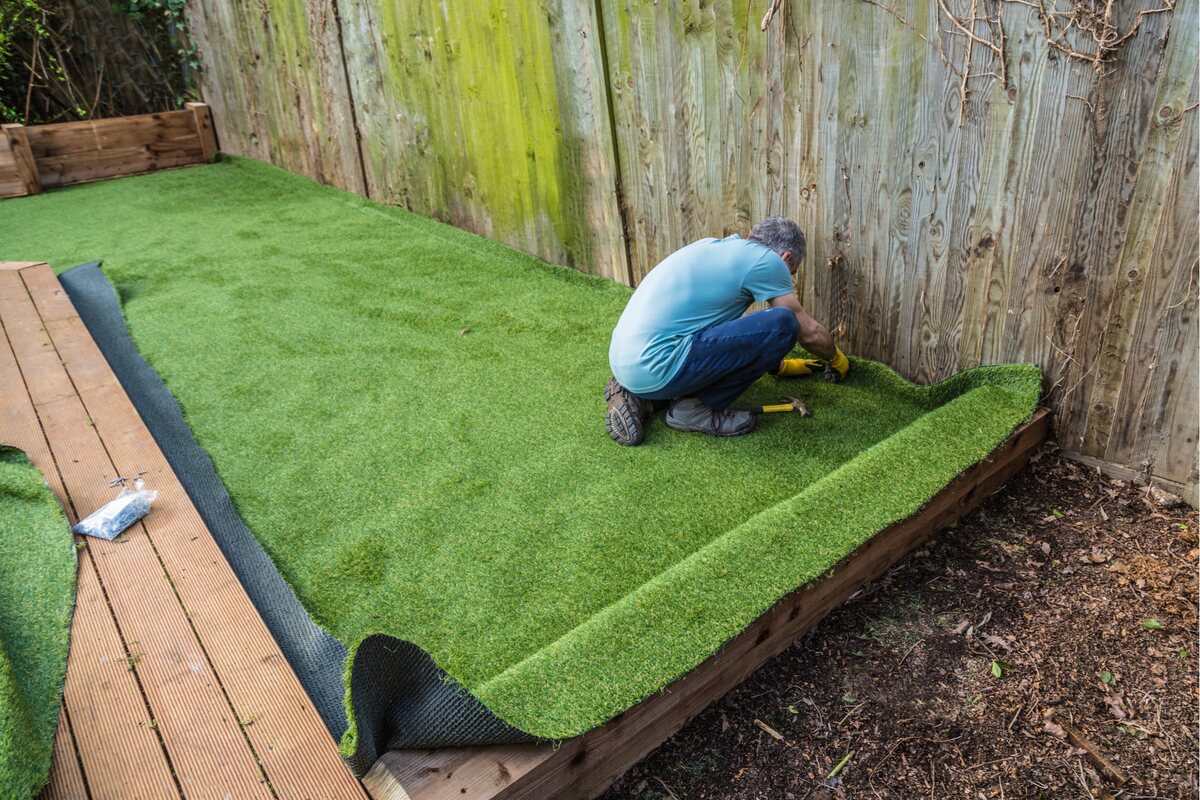

Landscaping Ideas
What Goes Under Fake Grass
Modified: March 28, 2024
Discover creative landscaping ideas for what goes under fake grass to enhance your outdoor space. Explore practical solutions and design inspiration for a stunning artificial turf installation.
(Many of the links in this article redirect to a specific reviewed product. Your purchase of these products through affiliate links helps to generate commission for Storables.com, at no extra cost. Learn more)
Introduction
When it comes to creating a lush and vibrant outdoor space, artificial grass has become a popular choice for homeowners and businesses alike. The low maintenance and evergreen appeal of fake grass make it an attractive alternative to natural turf. However, achieving a natural look and ensuring the longevity of artificial grass heavily depends on what lies beneath it. In this comprehensive guide, we will explore the crucial elements that go under fake grass, shedding light on the various base materials, preparation techniques, and installation processes that contribute to a flawless artificial lawn.
Creating a solid foundation for your fake grass is essential for ensuring its durability and aesthetic appeal. The base materials play a pivotal role in providing stability, proper drainage, and a level surface for the artificial turf. Understanding the different types of base materials and the steps involved in preparing the base is fundamental to the success of your artificial grass installation project.
Whether you are considering revamping your backyard, upgrading a commercial landscape, or seeking an alternative to natural grass for sports fields, this guide will equip you with the knowledge needed to make informed decisions and achieve outstanding results. Let’s dive into the world beneath fake grass and uncover the key components that set the stage for a stunning, long-lasting artificial lawn.
Key Takeaways:
- Choose the right base material like aggregate base, decomposed granite, or concrete to ensure stability, drainage, and durability for your fake grass installation.
- Properly prepare the base by clearing, excavating, placing, compacting, grading, and leveling to create a solid foundation for your artificial turf.
Read more: What Goes Under Synthetic Grass
Types of Base Materials
Before delving into the specific materials used as a base for fake grass, it’s important to understand the primary functions of the base layer. The base serves as a stable and supportive foundation for the artificial turf, promoting proper drainage, minimizing ground movement, and ensuring a level surface. There are several common materials used for creating the base of fake grass, each offering unique benefits and suitability for different applications.
1. Aggregate Base: One of the most widely used base materials for artificial grass is aggregate base, which typically consists of crushed stone, gravel, or rock. This sturdy foundation provides excellent drainage and helps prevent the growth of weeds and pests. It is crucial to compact the aggregate base thoroughly to achieve a stable and level surface for the artificial turf.
2. Decomposed Granite: Decomposed granite, often referred to as DG, is another popular choice for creating a base for fake grass. This natural and permeable material allows water to flow through easily, reducing the risk of water accumulation and promoting efficient drainage. Decomposed granite is known for its durability and ability to withstand various weather conditions, making it a reliable option for artificial turf installations.
3. Concrete Base: In some scenarios, a concrete base may be utilized to provide a solid and long-lasting foundation for artificial grass. While concrete offers exceptional stability and resilience, it is essential to ensure proper grading and surface preparation to prevent water pooling. Additionally, incorporating expansion joints in the concrete base can help mitigate the risk of cracking and movement over time.
Each type of base material has its own set of advantages and considerations, and the choice often depends on factors such as the specific requirements of the installation site, the desired level of permeability, and the expected foot traffic. Understanding the characteristics of these base materials is crucial for making informed decisions and achieving optimal results in your artificial grass project.
Aggregate Base
Aggregate base, commonly referred to as “Class 2 base” in the construction industry, is a foundational material extensively used in artificial grass installations. Comprised of crushed stone, gravel, or rock, aggregate base serves as a robust and stable layer that supports the artificial turf while facilitating proper drainage and minimizing ground movement. The use of aggregate base is integral to achieving a durable and visually appealing synthetic lawn.
Benefits of Aggregate Base:
- Drainage: One of the primary advantages of aggregate base is its exceptional drainage properties. By allowing water to permeate through the material, aggregate base helps prevent water accumulation on the surface, reducing the risk of flooding and promoting a healthy environment for the artificial turf.
- Stability: The compacted nature of aggregate base provides a solid and level foundation for the fake grass, minimizing the potential for uneven surfaces and ensuring a uniform appearance across the lawn. This stability is crucial for supporting the weight of the artificial turf and facilitating safe and comfortable use.
- Weed Prevention: The use of aggregate base helps inhibit weed growth, as the dense and solid composition creates an inhospitable environment for weeds to take root. This contributes to the low-maintenance nature of artificial grass, reducing the need for herbicides and ongoing weed control efforts.
- Durability: Aggregate base is renowned for its durability and ability to withstand varying weather conditions and external pressures. This resilience is essential for ensuring the longevity of the artificial turf, especially in high-traffic areas or locations prone to environmental stress.
Installation and Compaction:
When incorporating aggregate base into an artificial grass project, proper installation and compaction are critical for achieving optimal results. The process typically involves excavating the existing soil to a specified depth, followed by the placement and compaction of the aggregate base material. Compaction is carried out using heavy machinery to ensure a solid and uniform surface, free from voids and instability.
Overall, aggregate base serves as a cornerstone for successful artificial grass installations, offering a range of benefits that contribute to the functionality and visual appeal of synthetic lawns. By providing a stable and well-draining foundation, aggregate base plays a vital role in creating a resilient and captivating outdoor space that can be enjoyed for years to come.
Decomposed Granite
Decomposed granite, often abbreviated as DG, is a versatile and natural material that has gained popularity as a base for artificial grass installations. Derived from the weathering and erosion of solid granite, decomposed granite exhibits a granular texture and permeable composition, making it an excellent choice for creating a supportive foundation for synthetic turf.
Advantages of Decomposed Granite:
- Permeability: One of the standout features of decomposed granite is its high level of permeability. This allows water to infiltrate the material easily, promoting efficient drainage and reducing the risk of water accumulation on the surface. Proper drainage is essential for maintaining the health and longevity of artificial turf, making decomposed granite an ideal base material for outdoor applications.
- Natural Aesthetics: Decomposed granite offers a visually appealing, earthy aesthetic that seamlessly blends with the surrounding landscape. Its natural tones and texture create a harmonious backdrop for artificial grass, enhancing the overall visual impact of the outdoor space while maintaining a cohesive and organic appearance.
- Durability: Despite its granular composition, decomposed granite is known for its durability and ability to withstand environmental stress. When properly installed and compacted, it provides a stable and resilient base for artificial turf, ensuring long-term performance and minimizing the risk of surface irregularities.
- Low Maintenance: As a base material for fake grass, decomposed granite contributes to a low-maintenance landscape, requiring minimal upkeep once the artificial turf is in place. Its natural composition discourages weed growth and helps maintain a clean and tidy appearance, reducing the need for ongoing maintenance efforts.
Installation Considerations:
When utilizing decomposed granite as a base for artificial grass, proper installation techniques are crucial for achieving optimal results. The process typically involves excavating the area to the desired depth, followed by the careful placement and compaction of the decomposed granite material. Compaction is essential for creating a stable and level surface that can effectively support the artificial turf while promoting proper drainage.
Overall, decomposed granite stands out as a reliable and visually appealing base material for artificial grass, offering a combination of practical benefits and natural charm. Whether used in residential landscapes, commercial settings, or recreational areas, decomposed granite contributes to the creation of enduring and captivating synthetic turf installations.
Concrete Base
While aggregate base and decomposed granite are commonly used as foundational materials for artificial grass, there are scenarios where a concrete base is deemed appropriate, particularly in areas that require a solid and long-lasting foundation. Concrete offers exceptional stability and durability, making it a suitable choice for certain artificial turf installations, such as sports fields, high-traffic areas, and commercial landscapes.
Advantages of Concrete Base:
- Stability and Uniformity: A concrete base provides a level and uniform surface for the artificial turf, ensuring consistent support and minimizing the risk of surface irregularities. This stability is crucial for activities such as sports and recreational use, where a solid foundation is essential for safe and reliable performance.
- Durability: Concrete is renowned for its strength and resilience, offering long-term durability in various environmental conditions. When properly installed and reinforced, a concrete base can withstand heavy loads, foot traffic, and external pressures, making it an ideal choice for areas that experience intense use.
- Low Maintenance: Once in place, a concrete base requires minimal maintenance, providing a hassle-free solution for supporting artificial grass. Unlike natural grass, which demands regular mowing, watering, and upkeep, a concrete base paired with synthetic turf offers a low-maintenance alternative that retains its appearance and functionality over time.
- Customization and Design Flexibility: Concrete bases can be customized to accommodate specific design elements, such as integrated lines for sports fields, logos, or decorative patterns. This versatility allows for creative expression and tailored solutions, making concrete a versatile choice for a range of artificial grass applications.
Installation Considerations:
When opting for a concrete base for artificial grass, proper installation practices are essential to ensure optimal performance and longevity. The process typically involves site preparation, formwork construction, concrete pouring, and finishing techniques to achieve a smooth and level surface. Additionally, incorporating expansion joints in the concrete base helps mitigate the risk of cracking and movement, particularly in response to temperature changes and ground shifts.
While a concrete base offers undeniable strength and stability, it is important to consider factors such as drainage requirements and surface texture to ensure the overall functionality and performance of the artificial turf. By carefully evaluating the specific needs of the installation site and leveraging the benefits of concrete as a base material, it is possible to create enduring and resilient synthetic grass landscapes that meet the demands of diverse environments and usage scenarios.
Consider installing a weed barrier fabric under fake grass to prevent weeds from growing through. This will help maintain a clean and low-maintenance artificial lawn.
Read more: What Do You Put Under Fake Grass
Preparing the Base
Before the installation of artificial grass, thorough preparation of the base is essential to ensure a stable, level, and long-lasting foundation for the synthetic turf. Proper base preparation not only contributes to the visual appeal of the artificial lawn but also plays a critical role in its performance, durability, and drainage capabilities. The following key steps outline the process of preparing the base for artificial grass installation:
1. Site Inspection and Clearing: Begin by conducting a comprehensive inspection of the installation site to identify any existing vegetation, debris, or obstacles. Clear the area of any unwanted materials, ensuring a clean and unobstructed space for the base preparation process.
2. Excavation: Excavate the designated area to the appropriate depth, considering factors such as the type of base material being used and the desired height of the finished artificial turf. The excavation process creates space for the base materials and allows for proper compaction to achieve a level surface.
3. Base Material Placement: Once the excavation is complete, carefully place the selected base material, whether it is aggregate base, decomposed granite, or concrete, across the prepared area. Distribute the material evenly to ensure uniform support for the artificial grass and facilitate effective drainage.
4. Compaction: Compaction is a crucial step in preparing the base, as it establishes the stability and uniformity of the surface. Utilize compaction machinery to firmly compress the base material, minimizing voids and ensuring a solid foundation for the artificial turf. Proper compaction is essential for preventing settling and maintaining the integrity of the synthetic lawn over time.
5. Grading and Sloping: Pay attention to the grading and sloping of the base to promote efficient drainage and prevent water accumulation. The base should be graded to direct water away from structures and towards designated drainage points, ensuring that the artificial turf remains free from standing water and potential water damage.
6. Surface Smoothing and Leveling: After compaction, carefully inspect the surface to identify any irregularities or uneven areas. Use appropriate tools to smooth and level the base, creating a uniform and seamless foundation for the installation of the artificial grass.
By meticulously following these preparatory steps, the base for the artificial grass is primed for the successful installation of synthetic turf, setting the stage for a visually stunning, functional, and enduring landscape. Proper base preparation is a fundamental aspect of artificial grass projects, laying the groundwork for a resilient and captivating outdoor environment that can be enjoyed for years to come.
Installing Drainage
Effective drainage is a critical component of artificial grass installations, playing a pivotal role in preserving the integrity and longevity of the synthetic turf. Proper drainage systems ensure the efficient removal of water from the artificial lawn, preventing water accumulation, soil erosion, and potential damage to the base and surrounding structures. The following considerations and techniques are essential for installing effective drainage in conjunction with artificial grass:
1. Permeable Base Materials: The choice of base material significantly influences the drainage capabilities of the artificial lawn. Porous materials such as aggregate base and decomposed granite allow water to permeate through the base, facilitating natural drainage and reducing the risk of water pooling on the surface. Proper compaction of the base materials ensures the creation of a well-draining foundation for the artificial turf.
2. Sub-Surface Drainage Systems: In areas where natural drainage may be insufficient, the incorporation of sub-surface drainage systems can enhance water removal and mitigate potential drainage challenges. This may involve the installation of perforated pipes or drainage channels beneath the base, directing excess water away from the artificial turf and towards designated drainage outlets or absorption areas.
3. Grading and Sloping: The grading and sloping of the installation site play a crucial role in directing water flow and preventing water accumulation on the artificial turf. Proper grading ensures that the base slopes away from structures and high-traffic areas, allowing water to naturally drain off the surface and minimizing the risk of water-related issues.
4. Permeable Infill Materials: Utilizing permeable infill materials in the artificial turf contributes to efficient surface drainage, allowing water to pass through the synthetic grass and reach the underlying base. Permeable infills, such as silica sand or specialized drainage infills, enhance the overall drainage performance of the artificial lawn, particularly in areas with high precipitation or water retention challenges.
5. Surface Drainage Outlets: Incorporating surface drainage outlets, such as strategically positioned drains or channels, provides additional support for water removal from the artificial turf. These outlets serve as collection points for excess water, redirecting it away from the synthetic lawn and ensuring that the surface remains free from standing water, particularly during heavy rainfall or irrigation.
By implementing comprehensive drainage strategies and integrating appropriate drainage solutions, artificial grass installations can effectively manage water flow, minimize the risk of water-related issues, and maintain a healthy and visually appealing landscape. The combination of well-designed drainage systems and suitable base materials contributes to the overall performance and resilience of artificial turf, creating an outdoor environment that thrives in diverse weather conditions and usage scenarios.
Compacting the Base
Compacting the base is a crucial step in the preparation process for artificial grass installations, as it establishes the stability, uniformity, and load-bearing capacity of the foundation. Proper compaction of the base material is essential for creating a solid and level surface that can effectively support the artificial turf while minimizing the risk of settlement and surface irregularities. The following guidelines and considerations outline the importance of base compaction and the techniques involved in achieving optimal results:
Importance of Base Compaction:
Compaction serves to enhance the load-bearing capacity of the base material, ensuring that it can withstand the weight of foot traffic, furniture, and other external forces without significant deformation or displacement. Additionally, proper compaction minimizes the presence of voids and air pockets within the base, promoting stability and uniform support for the artificial grass.
Compaction Techniques:
1. Mechanical Compaction: Utilize mechanical compaction equipment, such as plate compactors or vibrating rollers, to firmly compress the base material. Mechanical compaction applies consistent force across the surface, reducing the porosity of the material and increasing its density to achieve a stable and load-bearing foundation.
2. Layered Compaction: In cases where multiple layers of base material are utilized, such as aggregate base and decomposed granite, compact each layer individually to ensure thorough consolidation and uniformity. Layered compaction promotes the cohesion of the base materials and contributes to the overall strength and resilience of the foundation.
3. Moisture Content Management: Pay attention to the moisture content of the base material during compaction, as excessive moisture can hinder the effectiveness of the compaction process. Optimal compaction is achieved when the base material is at the appropriate moisture level, allowing for cohesive compaction without excessive settling or displacement.
4. Compaction Testing: Conduct compaction tests at regular intervals during the compaction process to assess the density and firmness of the base material. These tests provide valuable insights into the effectiveness of the compaction efforts and help identify any areas that require additional attention to achieve the desired level of compaction.
Uniformity and Surface Inspection:
After compaction, carefully inspect the surface of the base to ensure uniform density and smoothness. Address any areas that exhibit inadequate compaction or surface irregularities, utilizing appropriate tools and techniques to achieve a consistent and level base for the artificial turf.
By adhering to proper compaction practices and diligently managing the density and uniformity of the base material, artificial grass installations can establish a stable and resilient foundation that supports the long-term performance and visual appeal of the synthetic lawn. Effective base compaction is fundamental to the success of artificial turf projects, laying the groundwork for enduring and captivating outdoor landscapes.
Conclusion
As we conclude our exploration of the essential elements that go beneath fake grass, it becomes evident that the foundation of an artificial lawn is a complex and critical component of the overall installation process. The selection of base materials, meticulous preparation, effective drainage, and thorough compaction collectively contribute to the functionality, durability, and visual appeal of the synthetic turf, shaping the landscape into a captivating and enduring outdoor environment.
Understanding the distinct characteristics and benefits of base materials such as aggregate base, decomposed granite, and concrete provides valuable insight into the diverse options available for creating a stable and supportive foundation for artificial grass. Whether prioritizing drainage capabilities, natural aesthetics, or long-term resilience, the choice of base material plays a significant role in shaping the performance and longevity of the synthetic lawn.
Furthermore, the preparatory steps involved in base preparation, including excavation, material placement, compaction, grading, and surface leveling, set the stage for the successful installation of artificial turf. By meticulously attending to these foundational aspects, homeowners, businesses, and landscape professionals can ensure that the artificial grass thrives in its designated environment, offering a low-maintenance, evergreen, and visually striking alternative to natural turf.
The integration of effective drainage systems, whether through permeable base materials, sub-surface drainage solutions, or surface outlets, is paramount in safeguarding the integrity of the artificial lawn, preventing water-related issues, and maintaining a healthy and functional outdoor space. Proper drainage management complements the base materials, creating a harmonious and resilient foundation that withstands diverse weather conditions and usage demands.
Finally, the significance of base compaction cannot be overstated, as it establishes the structural integrity, load-bearing capacity, and uniformity of the foundation. Through meticulous compaction techniques and surface inspection, the base material is transformed into a stable and level surface that provides unwavering support for the artificial turf, ensuring its enduring performance and aesthetic appeal.
In conclusion, the world beneath fake grass is a dynamic and multifaceted realm that demands attention to detail, informed decision-making, and diligent execution. By embracing the principles outlined in this guide and leveraging the knowledge of base materials, preparation techniques, drainage strategies, and compaction practices, individuals and professionals can embark on artificial grass projects with confidence, creating outdoor landscapes that embody resilience, beauty, and enduring charm.
Frequently Asked Questions about What Goes Under Fake Grass
Was this page helpful?
At Storables.com, we guarantee accurate and reliable information. Our content, validated by Expert Board Contributors, is crafted following stringent Editorial Policies. We're committed to providing you with well-researched, expert-backed insights for all your informational needs.
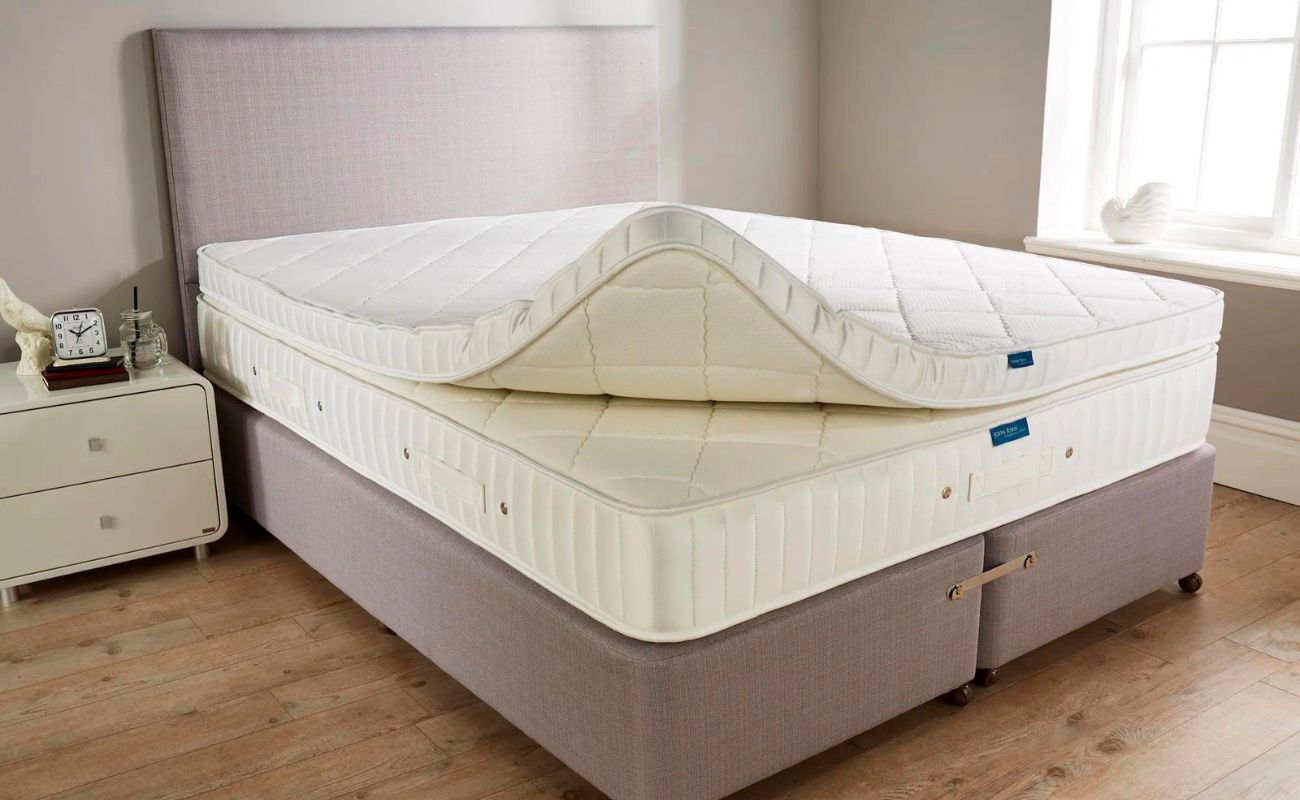
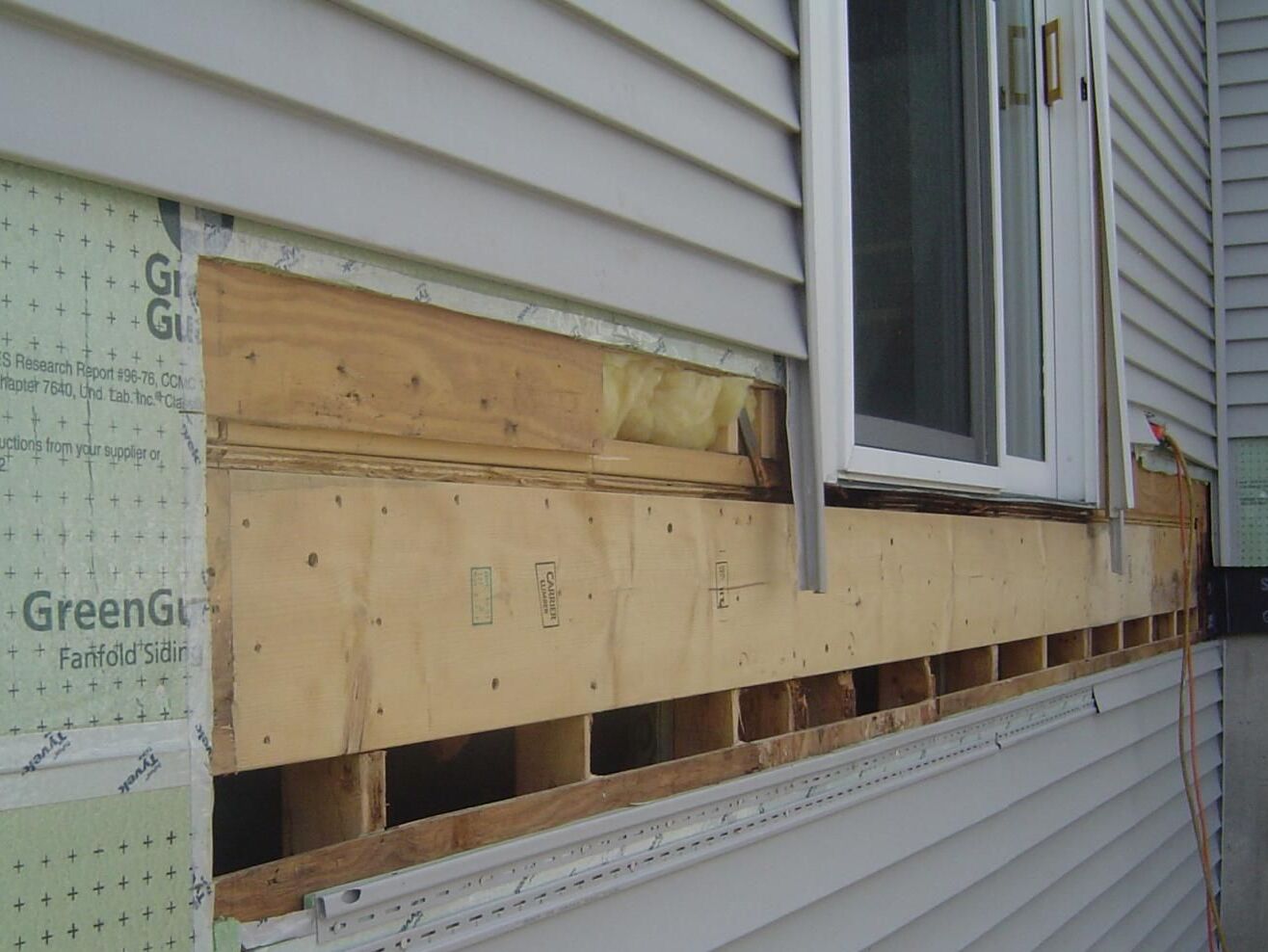
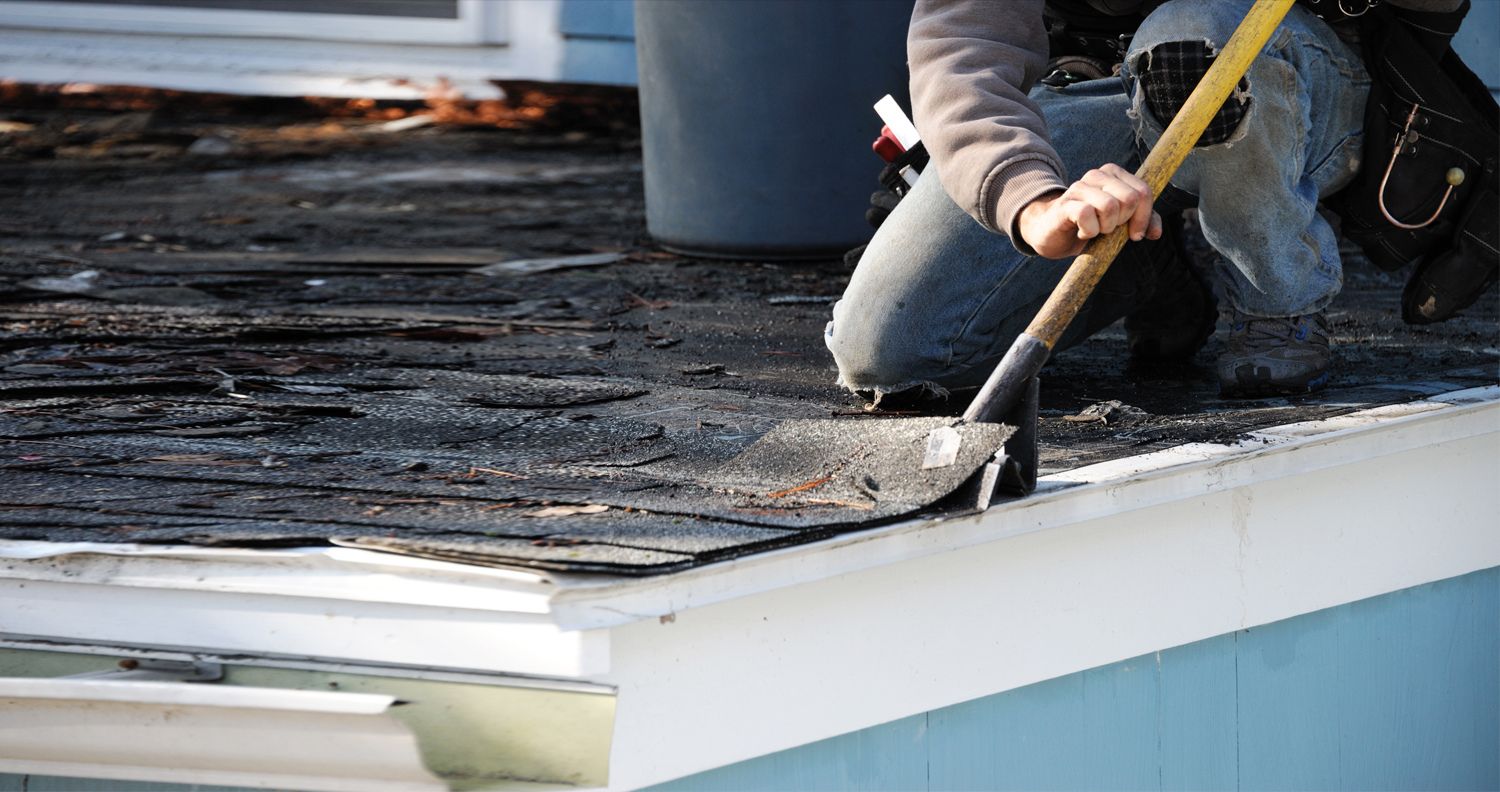
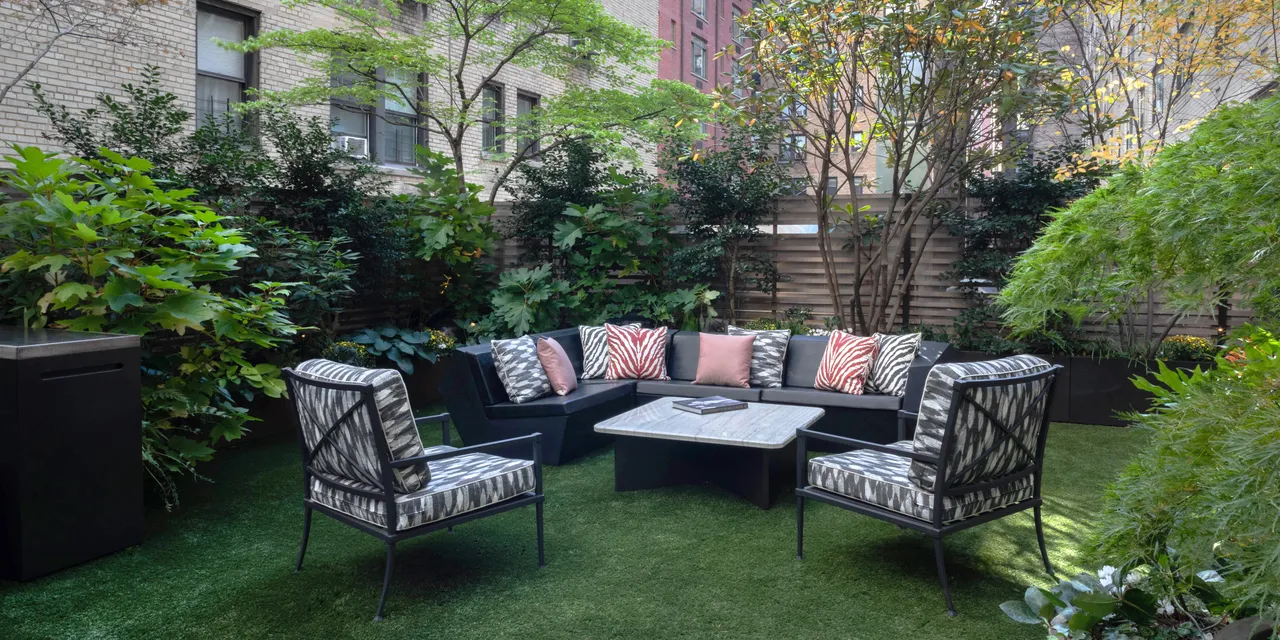
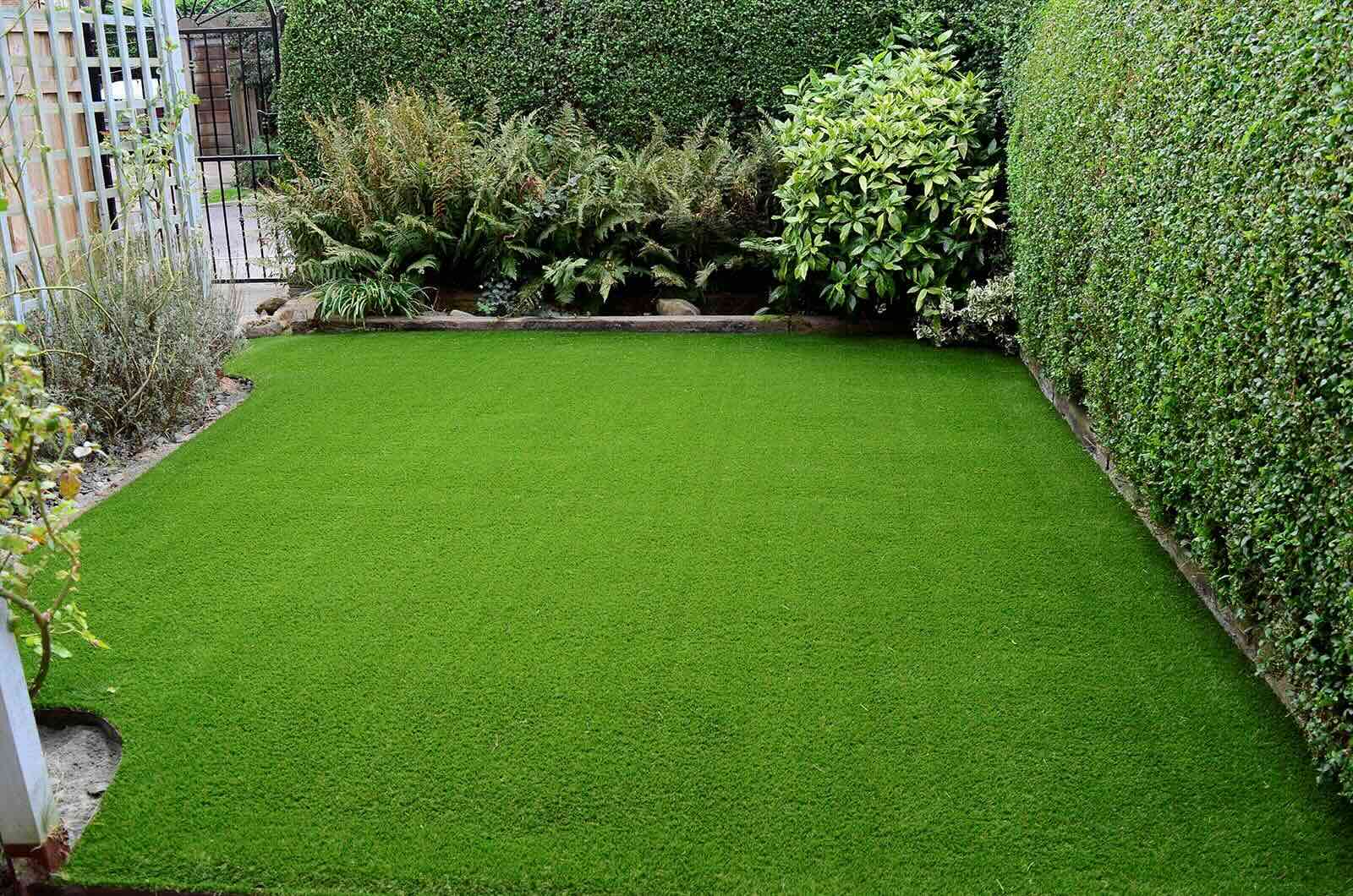
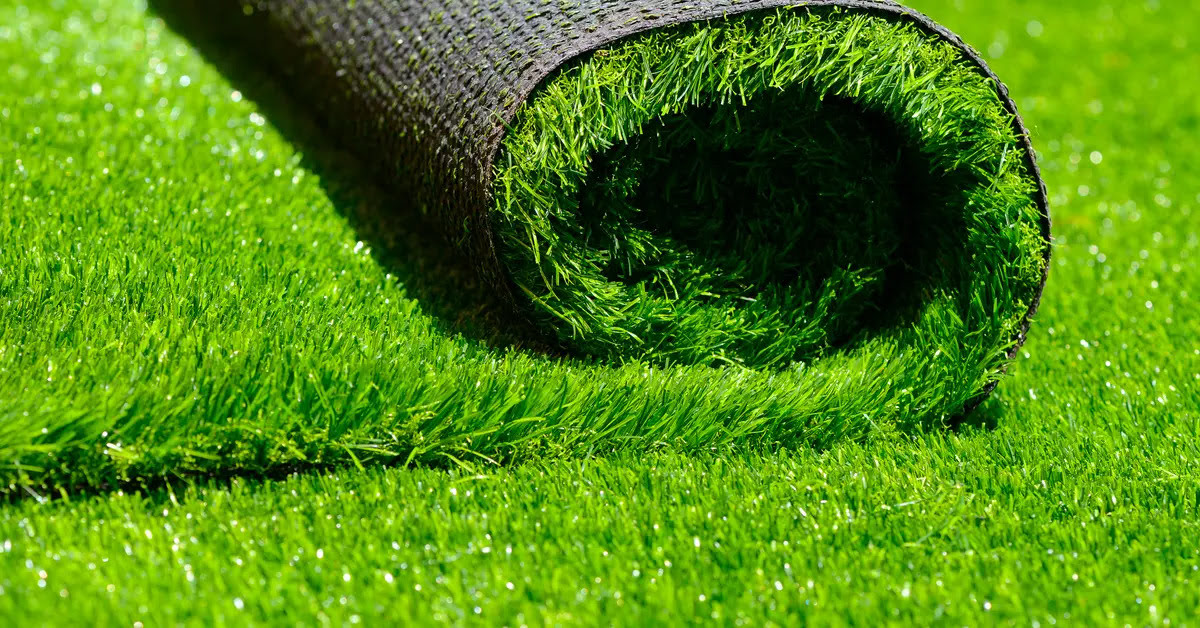
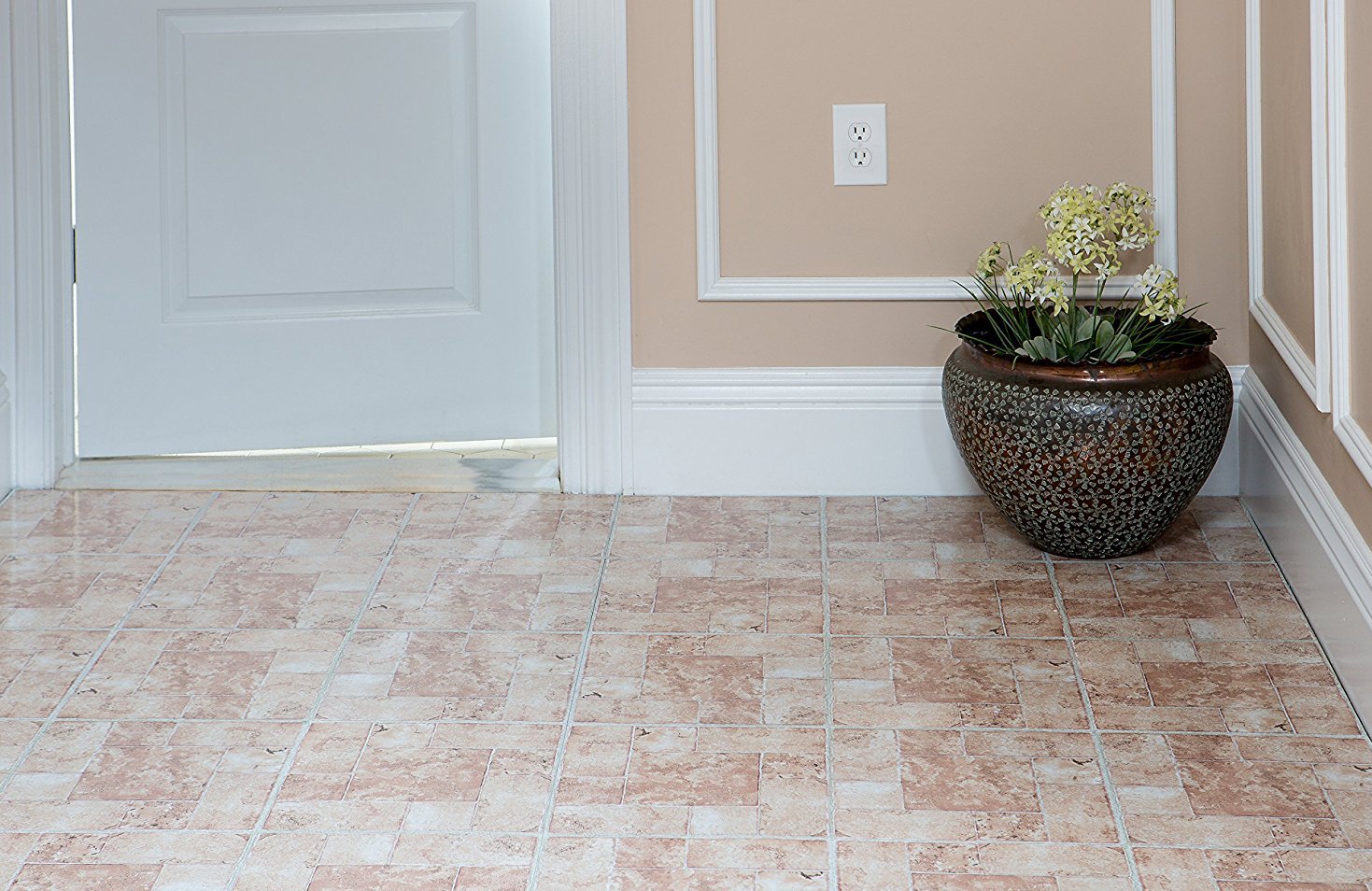


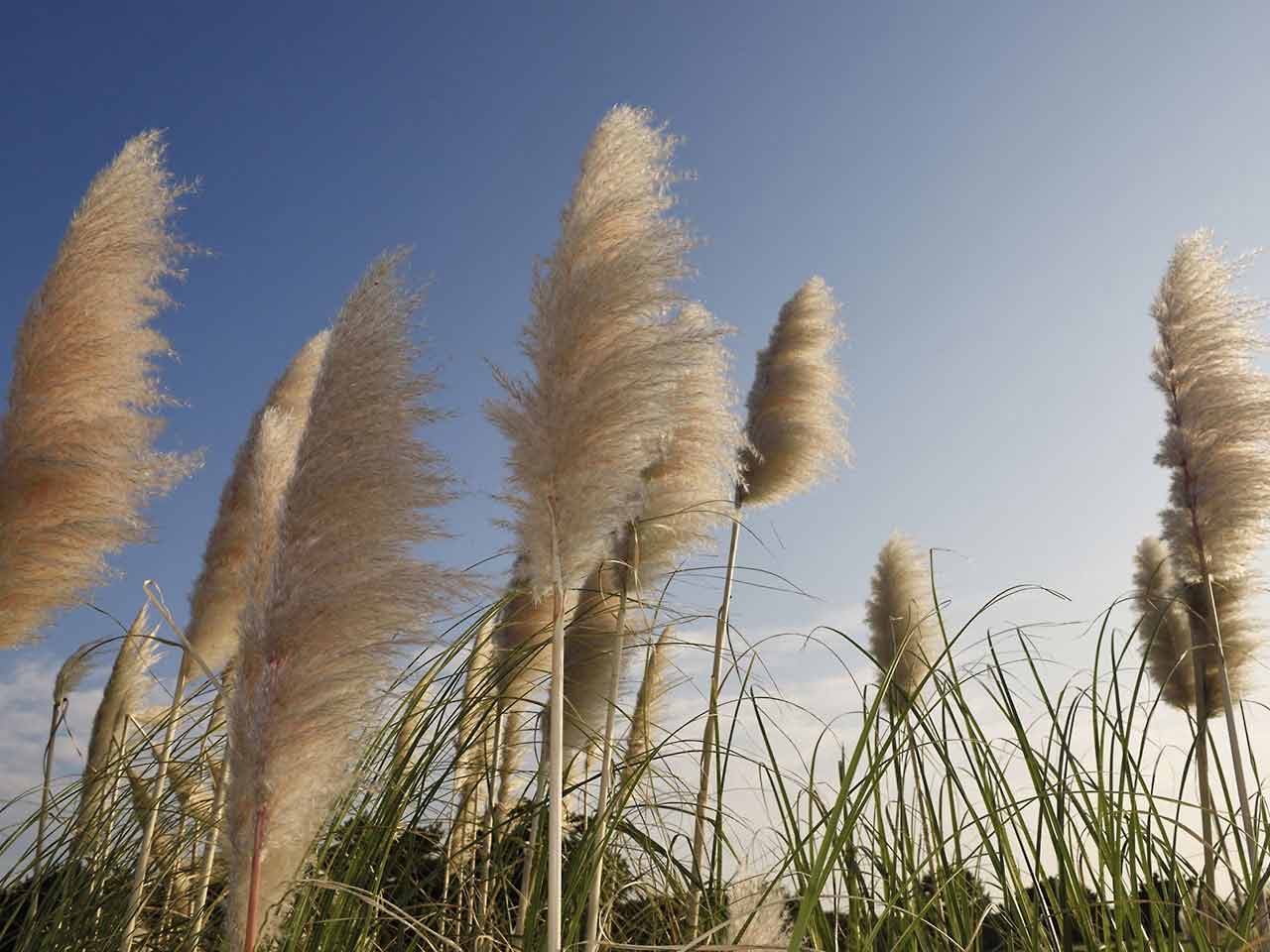
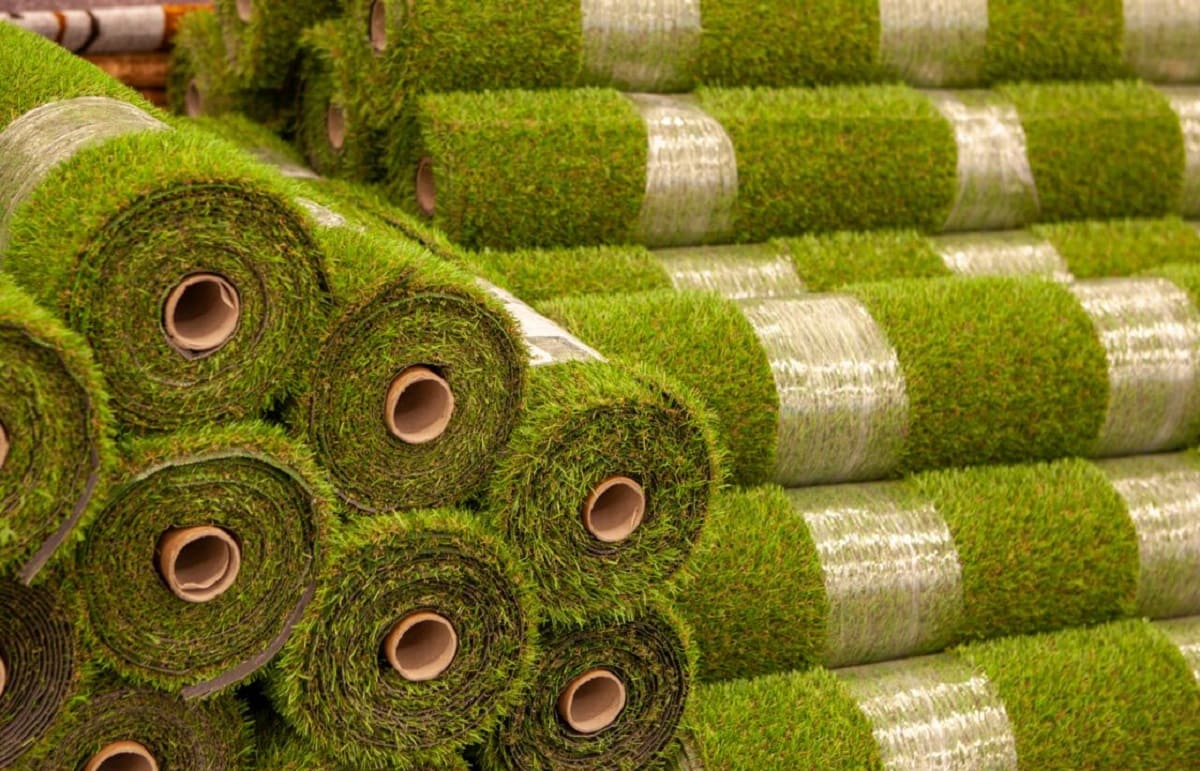
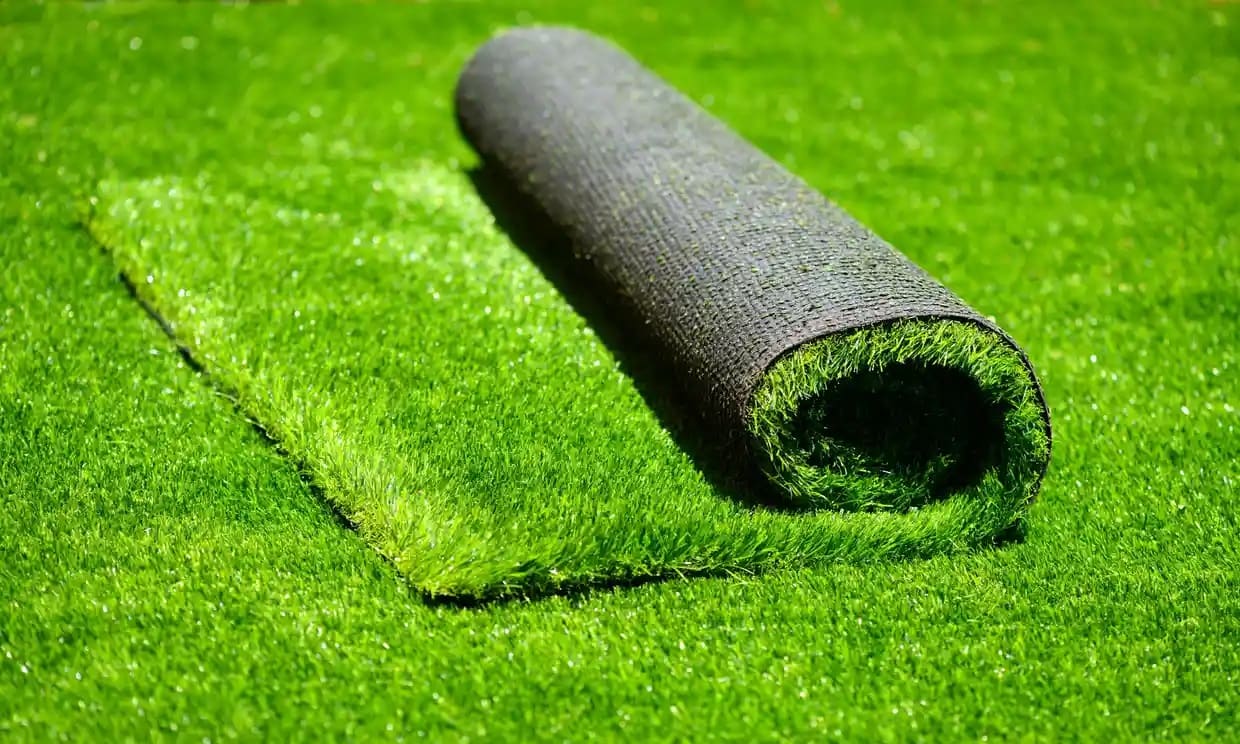
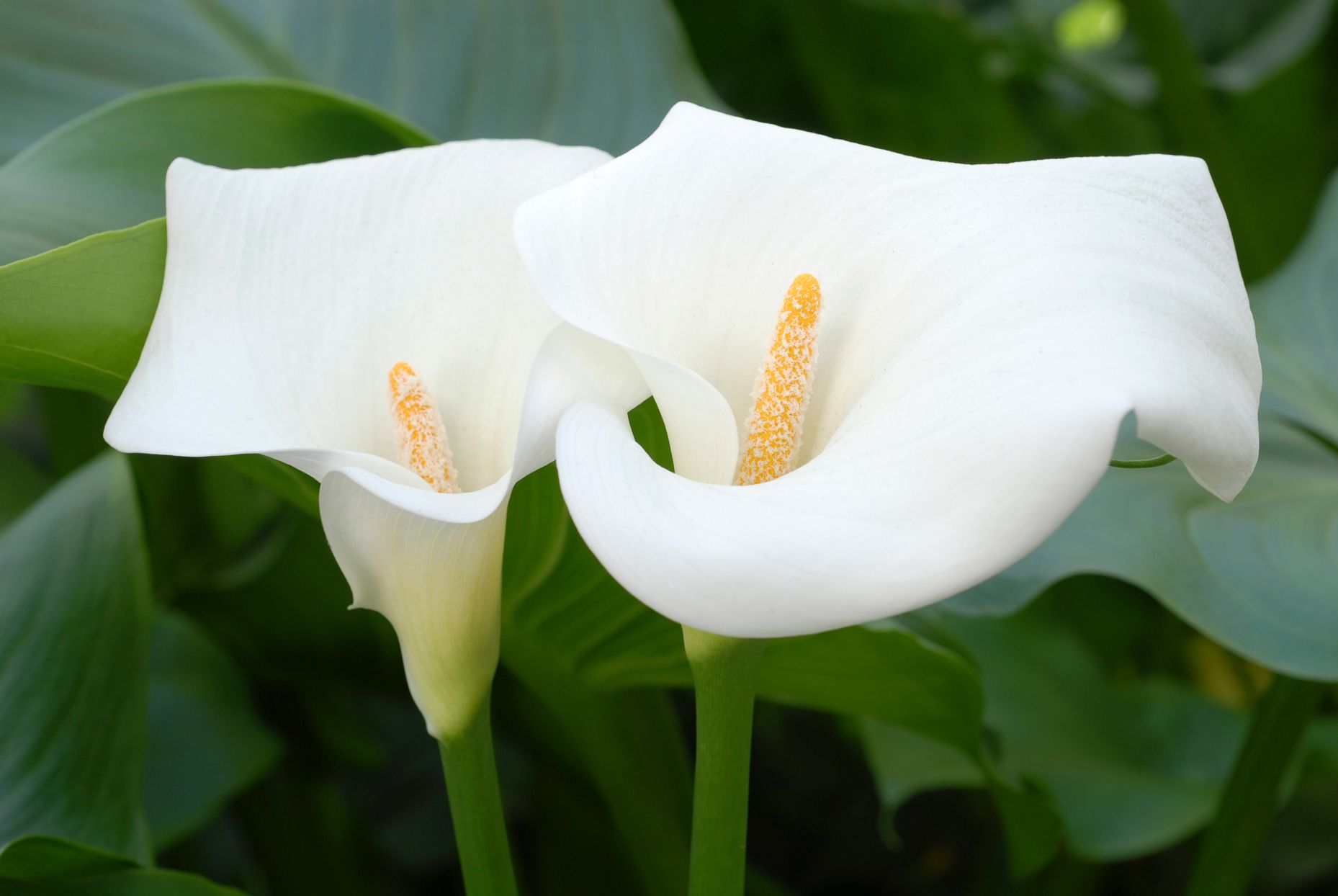
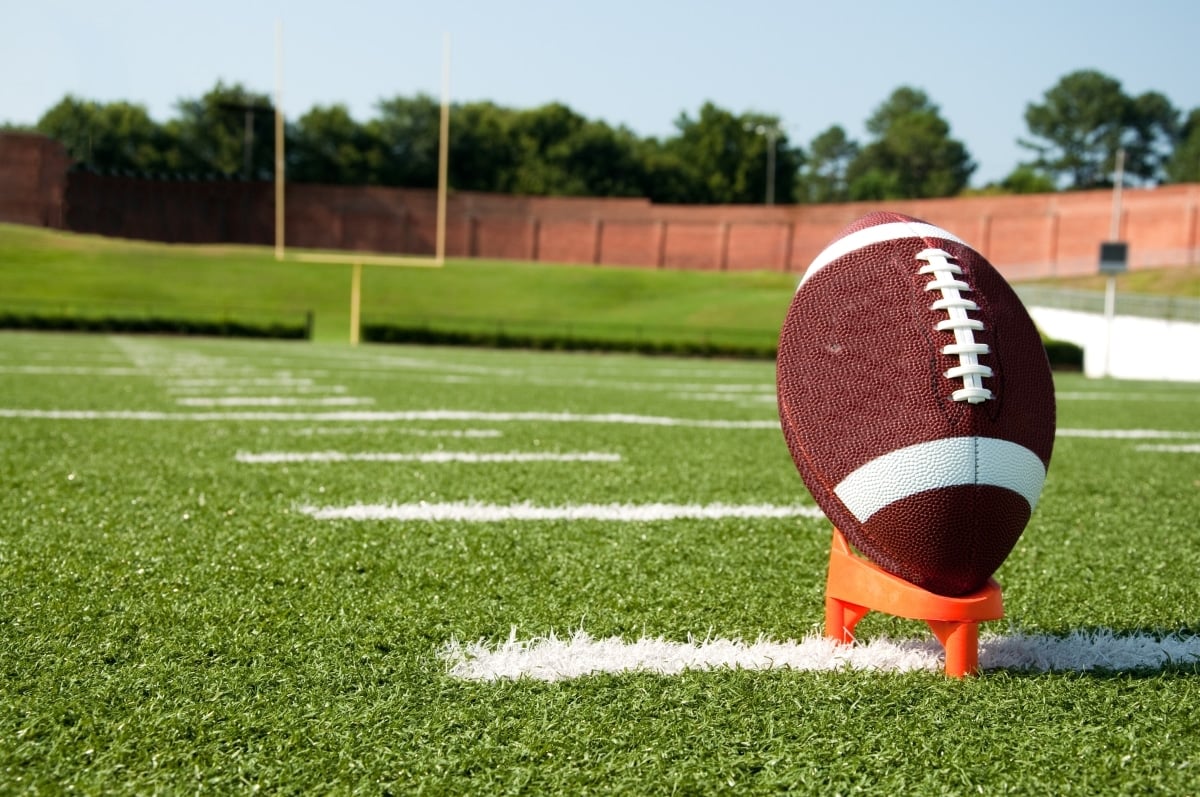

0 thoughts on “What Goes Under Fake Grass”